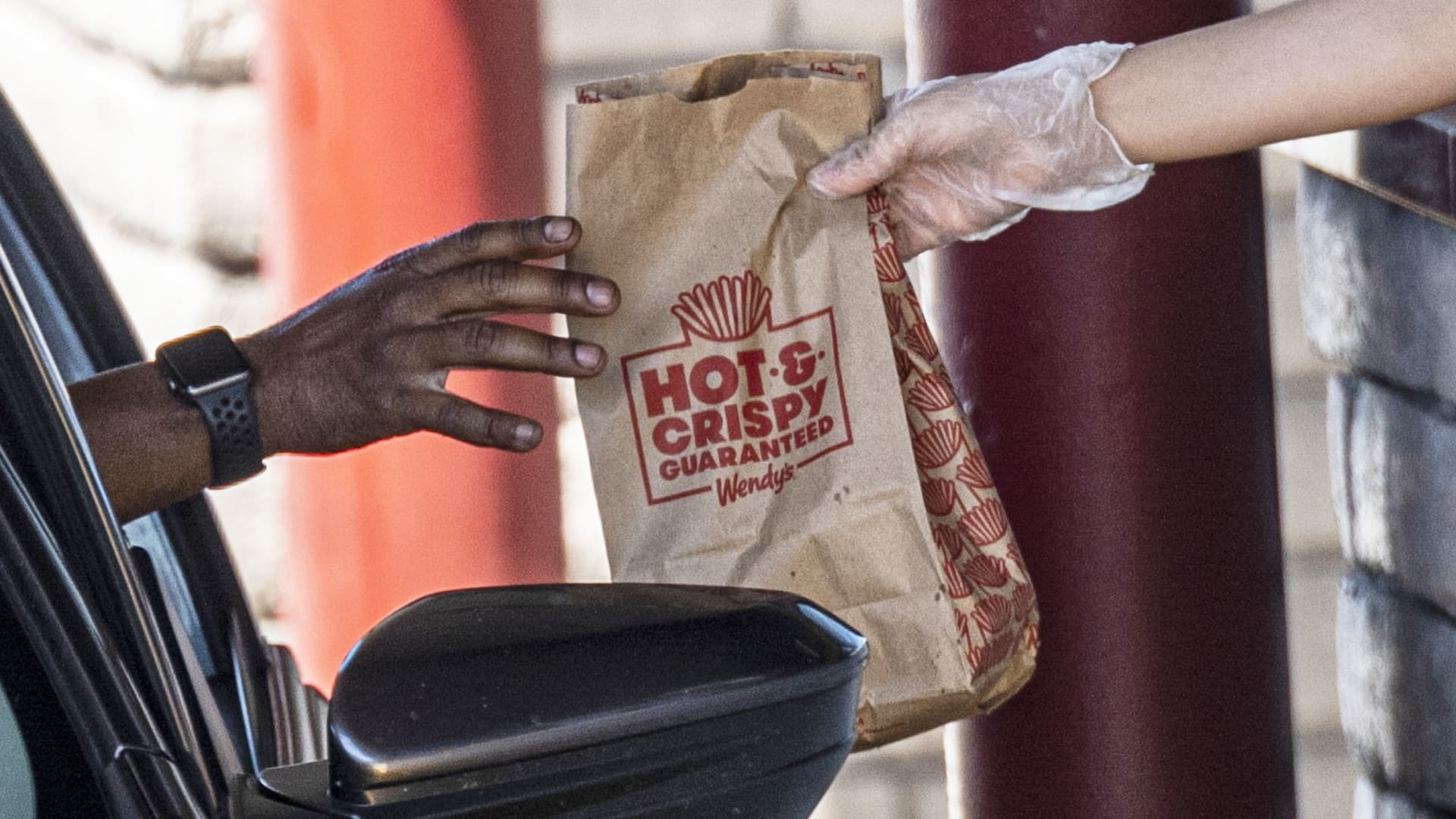Small cap stocks could be setting up to be the big winners. Here’s how to play them


Small cap stocks could be setting up for a bigger win. Strategists who follow chart trends see breakout potential, and some fundamental strategists expect the smaller-cap universe to continue outperforming large cap names. “Small caps have been beating large for three months now, and obviously here in August as well,” said Steven DeSanctis, Jefferies equity strategist. Since the start of August, the small cap Russell 2000 is up 4.2%. That compares to a gain of just 1.5% in the S & P 500 . Even the Nasdaq can’t keep up with the small cap index, with a 3.3% gain for the month so far. “I think small has a very good chance of continuing to outperform large in the near-term,” DeSanctis said. “Economics are better. Earnings season is better. Credit markets are better. [Volatility] is down. One or two weeks don’t make a trend, but ETF flows into small cap have picked up a little bit …You have a little bit of a tailwind.” Small caps are also look ready to breakout on a technical basis, some chart analysts say. “The Russell 2000 has traded inside a well-defined downward sloping trading range since making a high in November,” MKM’s chief technician JC O’Hara said in a note. “Last week, Small Caps were able to breach the upside of this range. This is another signal that Bulls are engaging.” O’Hara notes that small caps have led the market out of nine of the last 10 recessions. While investors may expect interest rate hikes to hurt the small universe, O’Hara said that’s not the case. “The initial knee-jerk reaction is to sell Small Caps following the first-rate hike; however Small Caps rebound nicely and outperform as one takes a 12-month time horizon,” he notes. He added that small caps bottomed three months after the Federal Reserve raised its fed funds rate in March. O’Hara recommends overweighting small cap technology and industrials. He also likes healthcare in the small cap universe. DeSanctis said he sees Jefferies’ proprietary valuation model pointing to a period of outperformance for smaller stocks — those with a market cap of up to about $6 billion. His model shows that the valuation of the Russell 2000 over the large cap Russell 1000 is in the 14th percentile, with 50 being the average. “So what that tells us is over the next 12 months, small caps should beat large caps by 6%,” he said. M & A resurgence Another factor helping small caps is merger and acquisition activity. “With volatility coming down, M & A activity has picked up. There’s more privatizations happening. Companies are going private, whether it’s in tech or consumer,” DeSanctis said. “There’s a whole host of places. One of the catalysts for biotech performing well has been more M & A activity.” For instance, just this week Pfizer announced it was buying Global Blood Therapeutics for $5.4 billion. Last week, Ping Identity agreed to be bought by private equity firm Thoma Bravo for $2.8 billion. “The way you think about it is right here, we’re not in the recession camp. Small caps priced in a very nasty recession,” DeSanctis said. “We don’t think there’s a recession until the back half of 2023. So we’ve got some time here.” DeSanctis also said small caps can be winners when there are market turns. “Coming out of a bear market, speculative growth tends to lead,” he said. “It feels good, things are going right. But the one thing I continue to caution folks is markets make lows in the fall, not in the summer.” Different ways to play DeSanctis said that for investors who want to play small caps through ETFs, there is a difference between the Russell 2000 and the S & P 600. The Russell 2000 is represented by the iShares Russell 2000 ETF, or IWM, and the IJR, or the iShares Core S & P Small Cap ETF tracks the S & P 600. “When nontraditional small cap investors buy small caps, they go to the Russell 2000. They use the IWM,” he said. For this reason, the ETF can be more volatile. While the S & P 600 is down less than the S & P year-to-date, the Russell 2000 is down about a half percent more despite its near-term outperformance. The makeup of the Russell is also different, making for more volatility. “The Russell 2000 is my opinion is growthier. Growth has done better since the June 16 low,” he said. DeSanctis said two sectors he likes within small caps are financials and consumer discretionary, which he says has probably been overdone on the downside. He said some small cap banks did well during earnings. Consumer discretionary stocks have already priced in worst-case scenarios, and DeSanctis is looking forward to retailers reporting earnings next week. “Anything that is marginally better is really going to get that group to move,” he said. Some consumer-related stocks on Jefferies’ buy list are outdoor company Yeti Holdings, pool and spa care company Leslie’s Inc, and Chegg, an interconnected learning platform. Among small cap financials are Community Bank System , Trustmark , and First Financial Bancorp. This post has been syndicated from a third-party source. View the original article here.




